“You’ll find it in everything from the Prodigy to Skrillex”: How to get famous sounds and effects using only Logic’s stock plugins
If you’ve got Logic, you’re already more than capable of recreating Skrillex’s manipulated reverb, Billie Eilish’s formant shifting and much more…
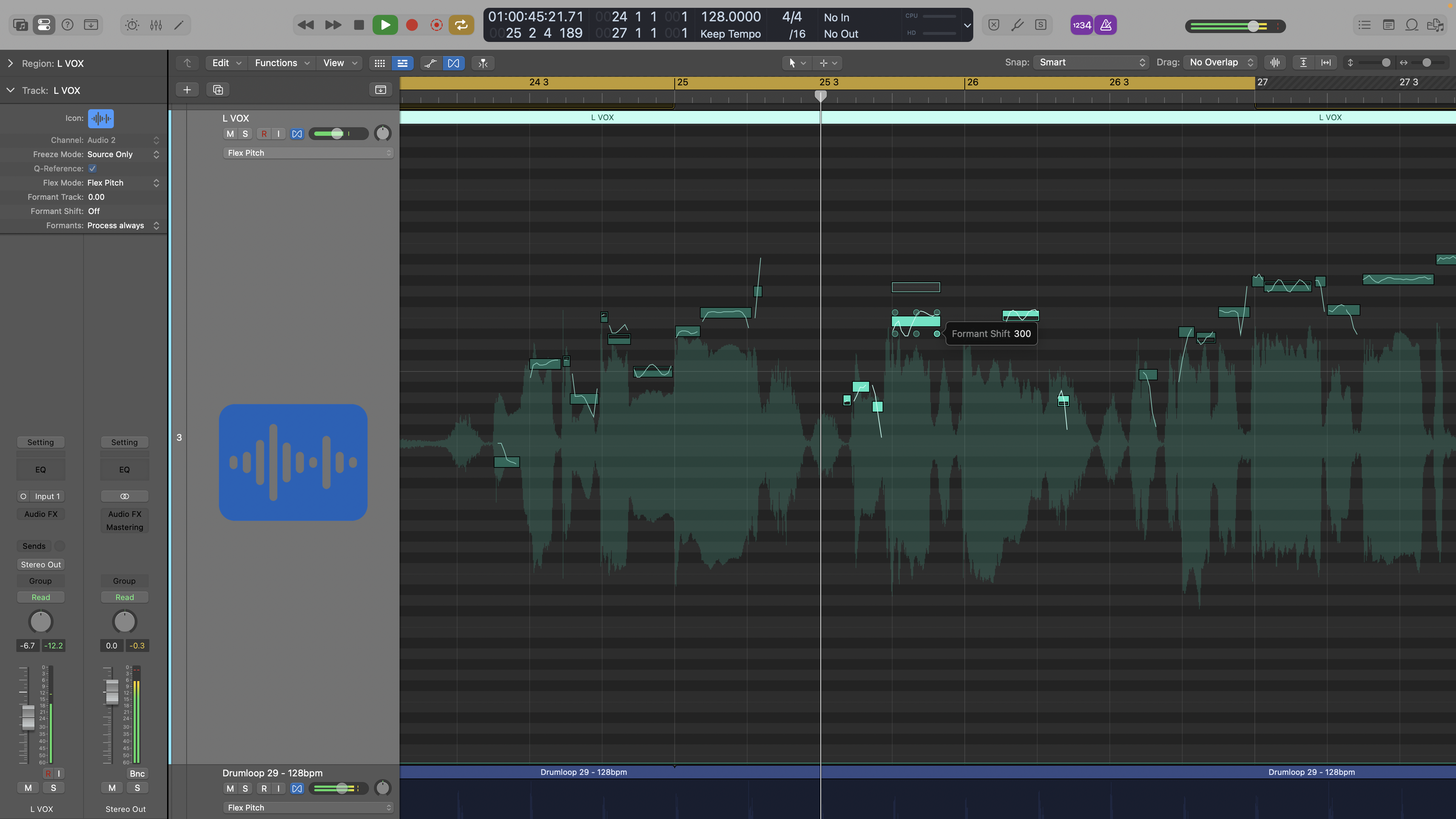
PLUGIN WEEK 2025: Given the endless bombardment of new plugins, plugin packages and seemingly inescapable plugin subscriptions you’d think most DAWs had no onboard plugins at all. But the stock plugin offering in most DAWs is surprisingly good and getting better all the time.
So, we thought we’d take a look at a few classic sounds and show you how to make them with stock plugins. Our DAW of choice is Logic Pro, which has a pretty good selection of stock plugins.
That said, the techniques demonstrated are universal and should be achievable in most DAWs.
Cut-off Reverbs
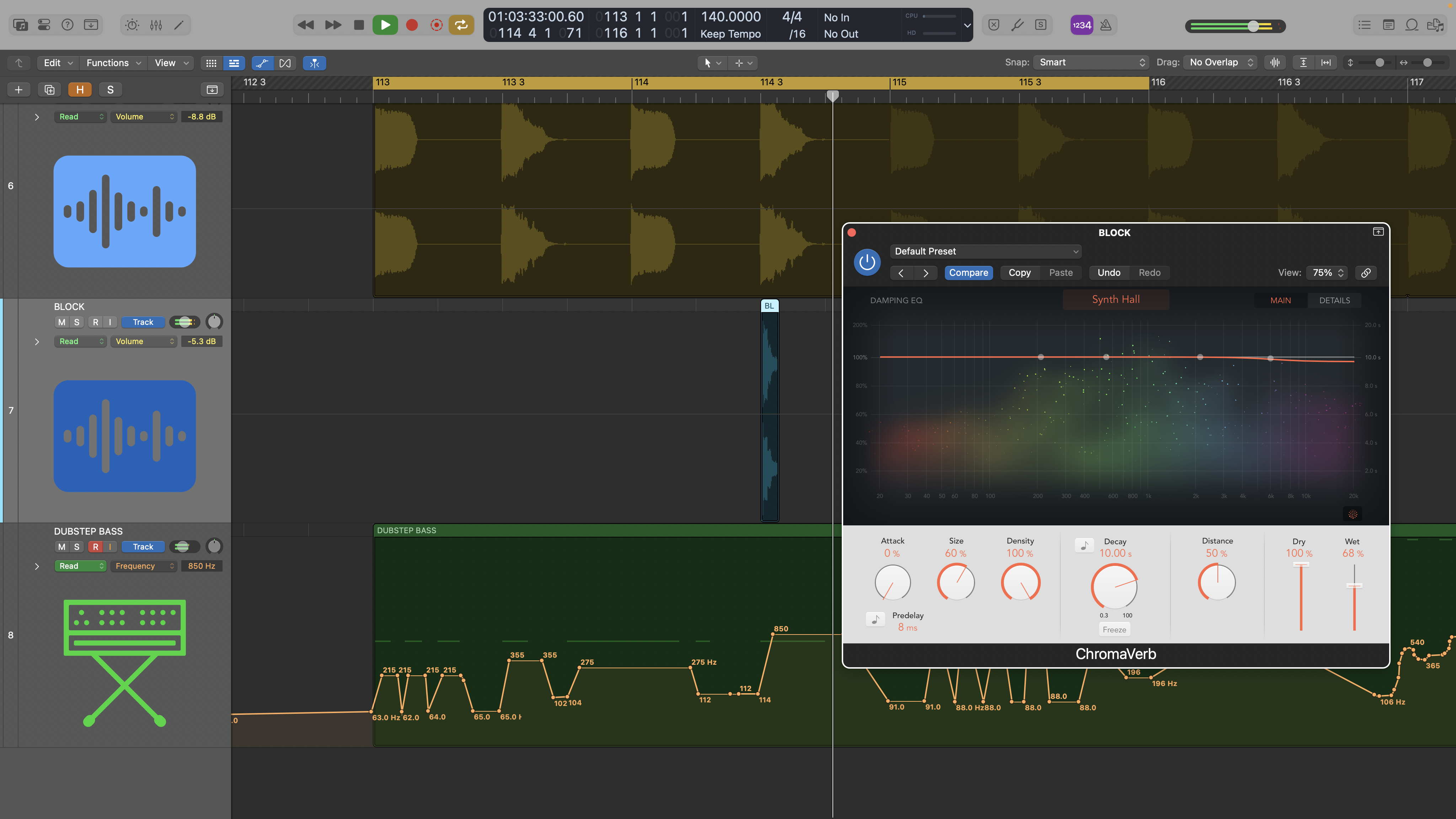
1. A great effect that you’ll find in everything from the Prodigy to Skrillex and beyond is the chopped or manipulated reverb. Delivering a more aggressive and tailored ending than a traditional gated reverb, you can achieve this effect with any stock reverb. There are two approaches.
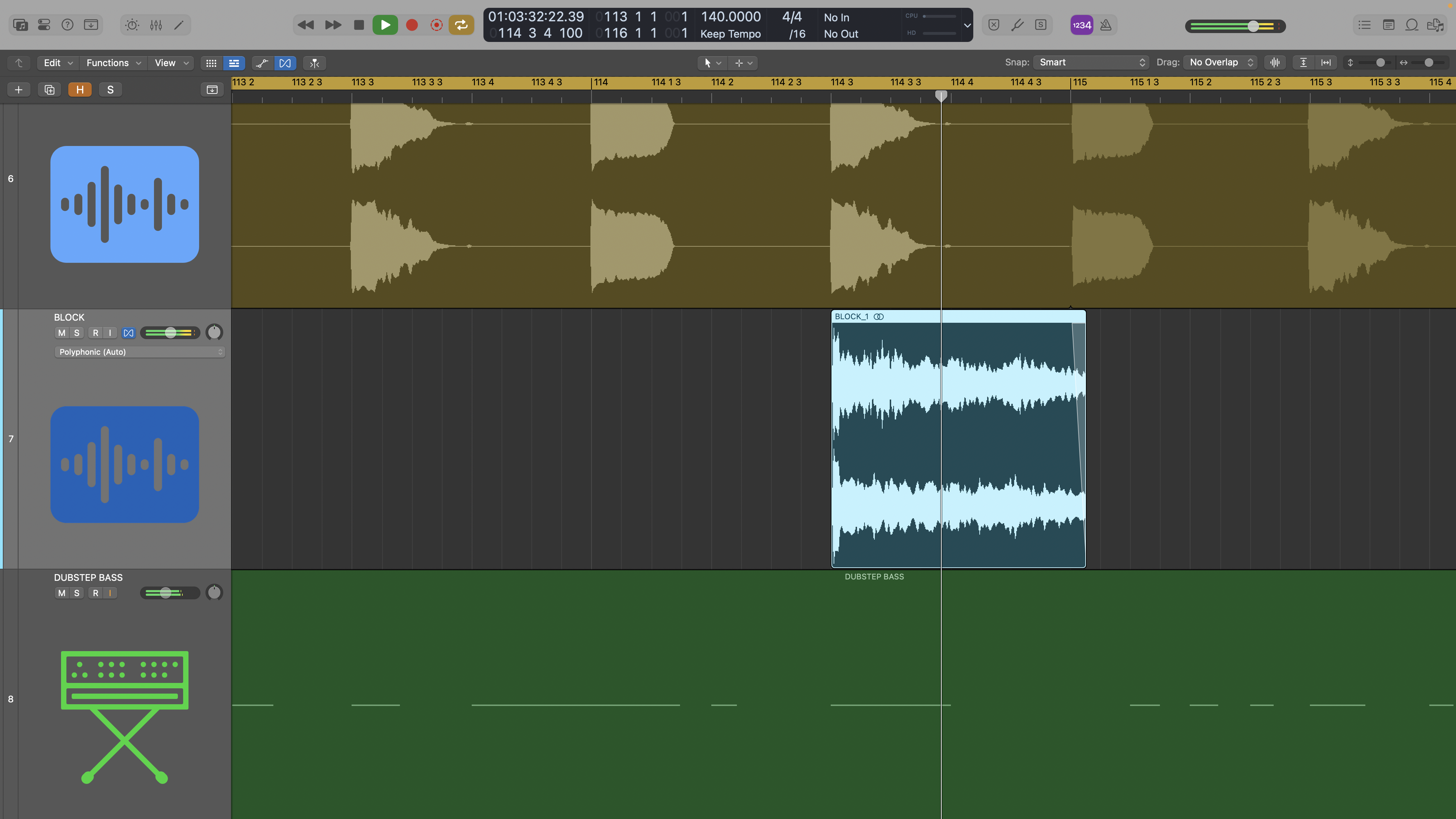
2. The first and more old-school approach is to set up the reverb as an insert and bounce your sound, including reverb, as audio, then edit the ending to taste. Here we want to add the effect to a block sound on the 4th quarter note. We’re using a long reverb (10 sec decay) and we’ve trimmed this right back so it just overlaps the start of the next bar.
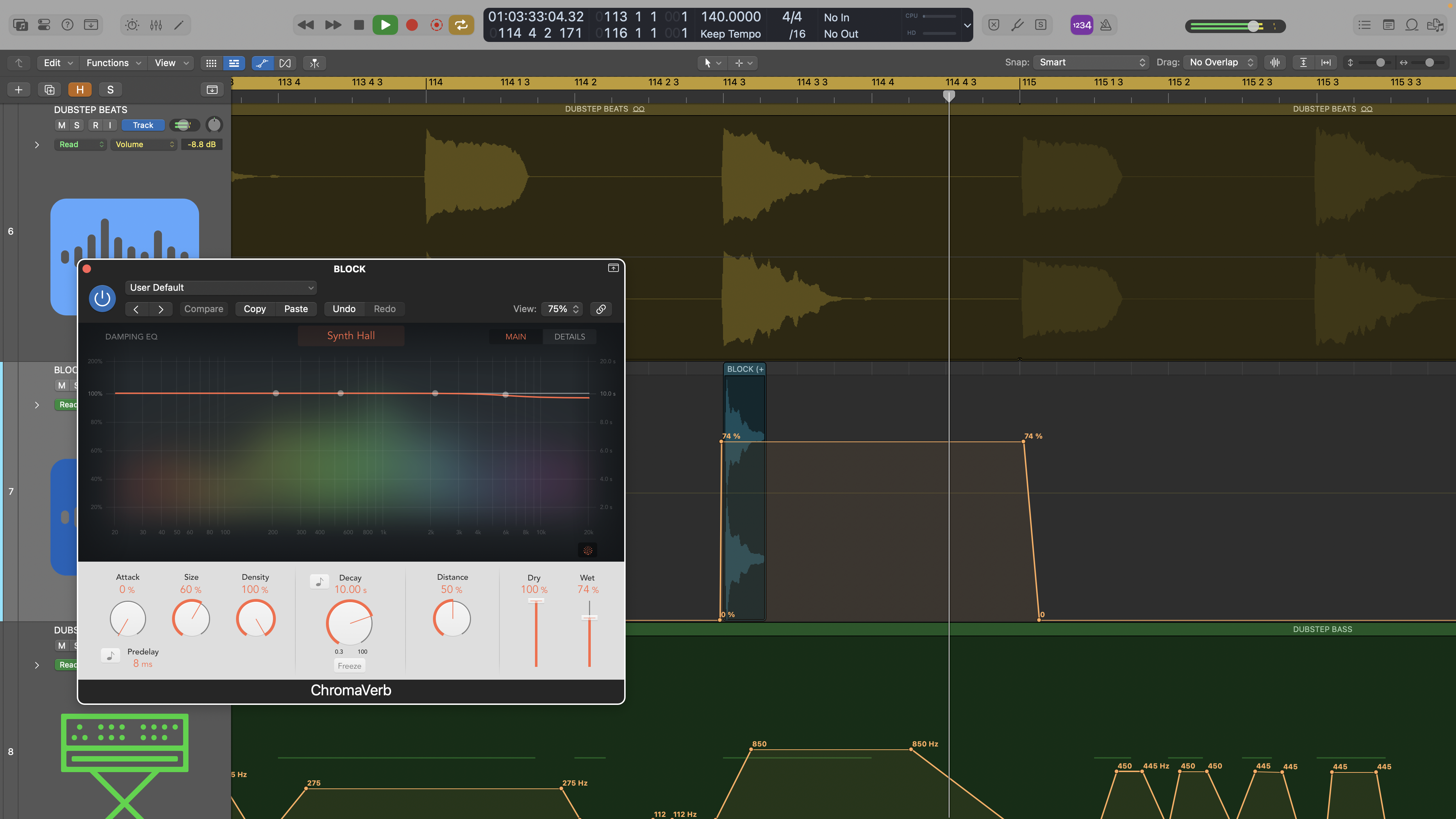
3. Our second option, and a bit more flexible, is to automate the reverb wet mix level. So, we’re still using the reverb as an insert, but simply blending it in as required. This is a quicker option, and means we can continue to tweak the reverb and blend to taste as the mix progresses.
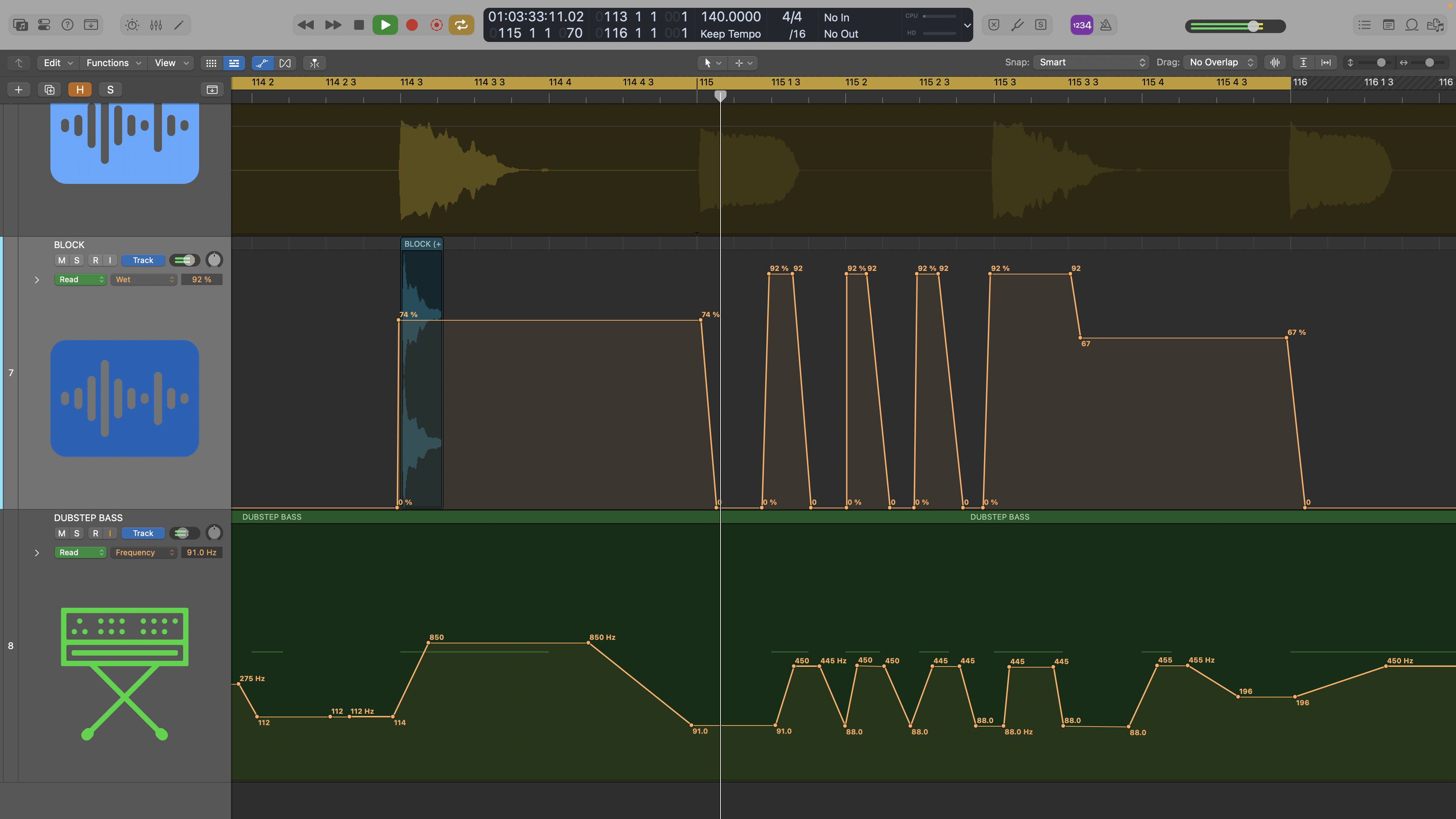
4. Finally, if you want to get a bit more creative with the reverb, automation allows us to create a more complex cut up effect. Here we’ve added more automation to the wet mix of the reverb, so the reverb tail works in sync with the bass part below.
Screaming Dubstep Bass
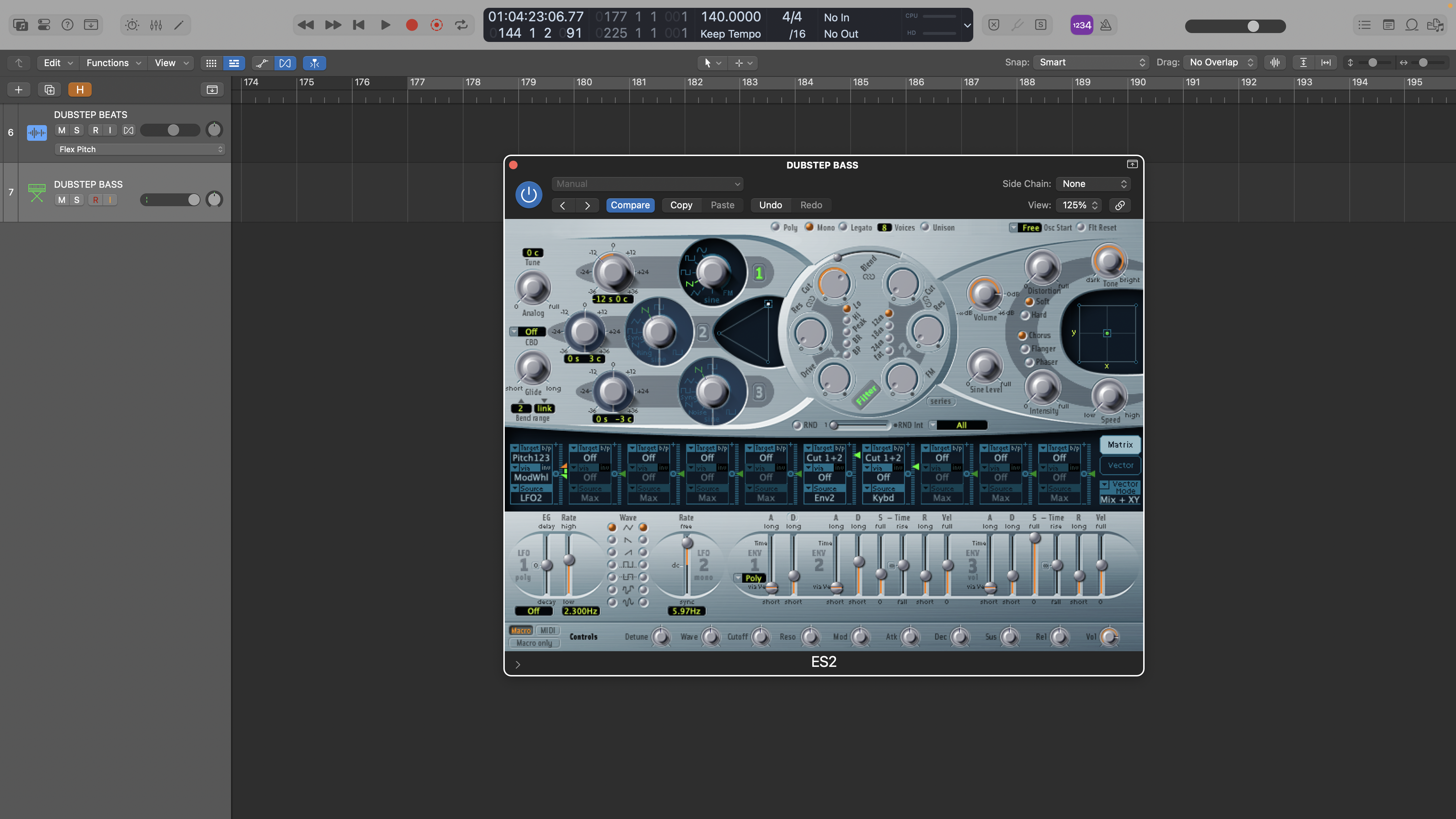
5. Although a modern soft synth plugin might deliver a classic screaming dubstep bass, it doesn’t take too long to build this type of sound from scratch and you can do it with stock plugins. All you need to get started is a virtual analogue synth instrument. Here we’re using Logic Pro ES2, with a single sawtooth oscillator and playback mode set to mono.
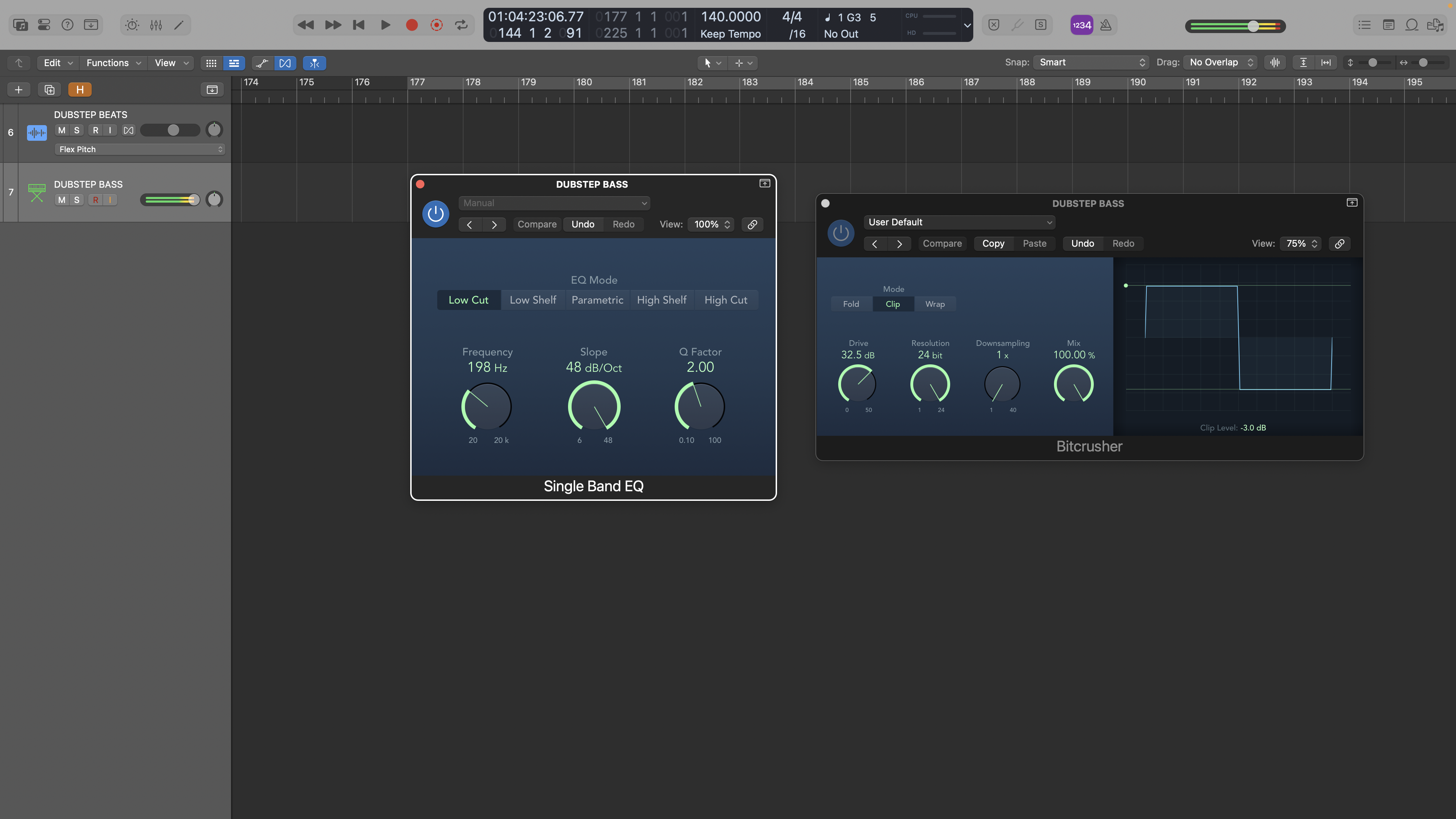
6. The grit for the sound comes from a combination of distortion and a resonant high pass filter. Place the filter first adding medium resonance and steep slope (48dB/octave is ideal). For the distortion some kind of clipper works well - here we’re using Bitcrusher. Increase the drive until you get the required dirty sound - we’ve set this pretty high then reduced the clip level.
Want all the hottest music and gear news, reviews, deals, features and more, direct to your inbox? Sign up here.
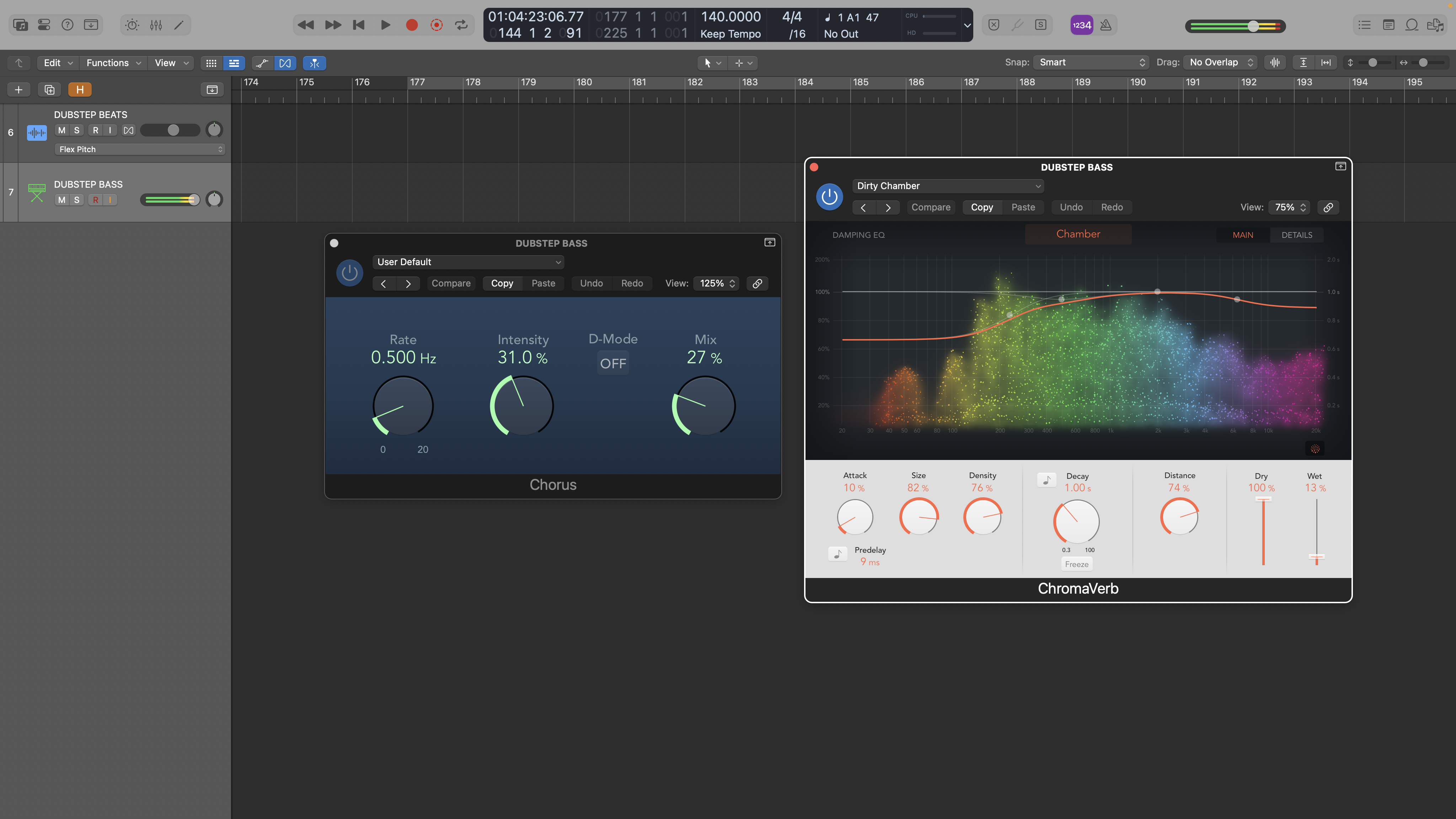
7. If you now play some notes and adjust the high pass cutoff upwards you should hear the basic sound. To finesse this sound we can add some chorus and a short reverb. Here we’ve set the chorus mix quite low, meanwhile for the reverb use a chamber style setting with a medium decay (1.0s), adjusting the mix blend quite low.
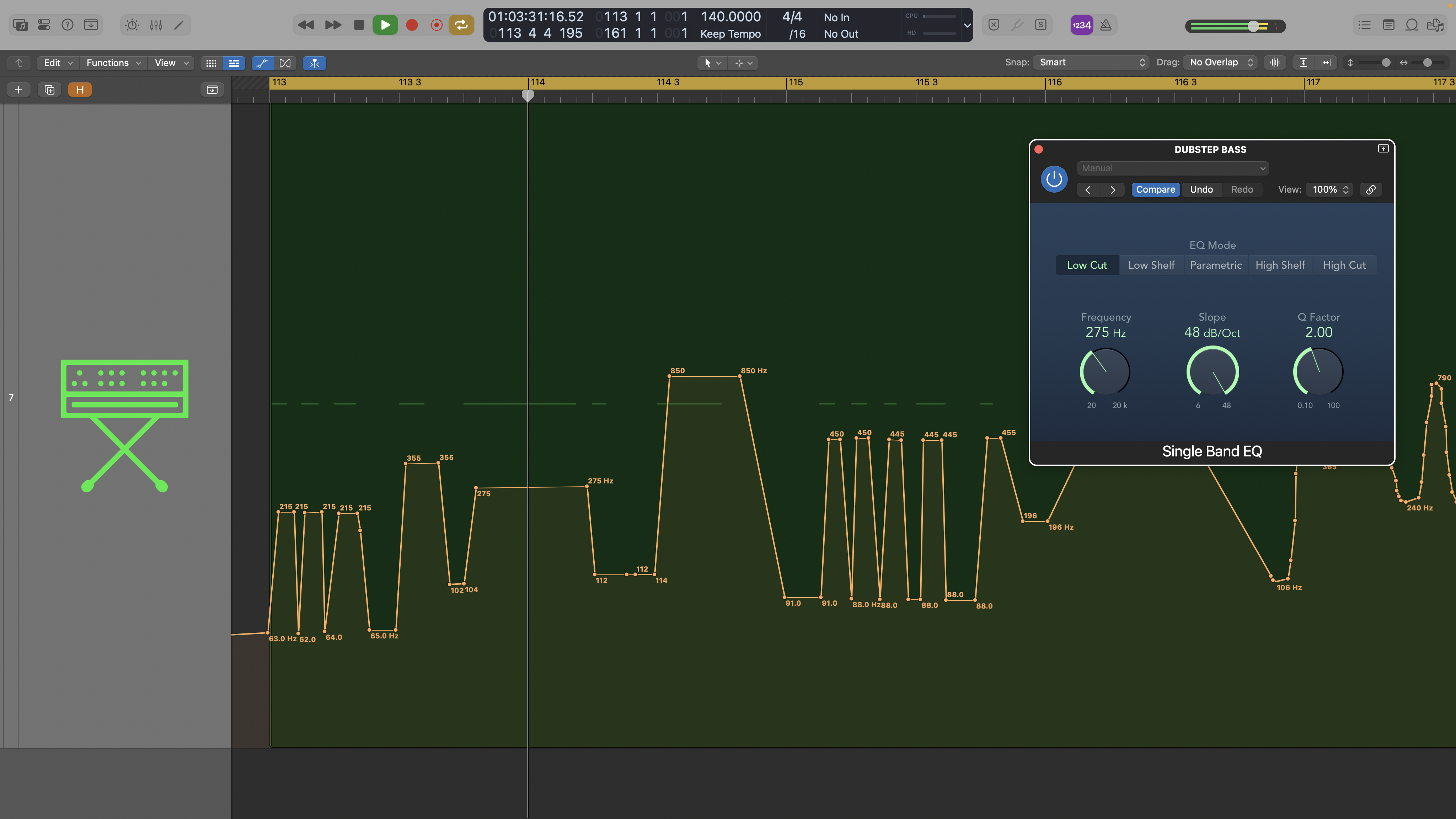
8. The final stage is to automate the high-pass filter cutoff. Fast rising cutoff changes on the note attack work really well and you can then position the cutoff to emphasise the frequency. Once you have these automation moves written, go back and tweak any of the other settings to finesse the overall sound.
Formant Shifting
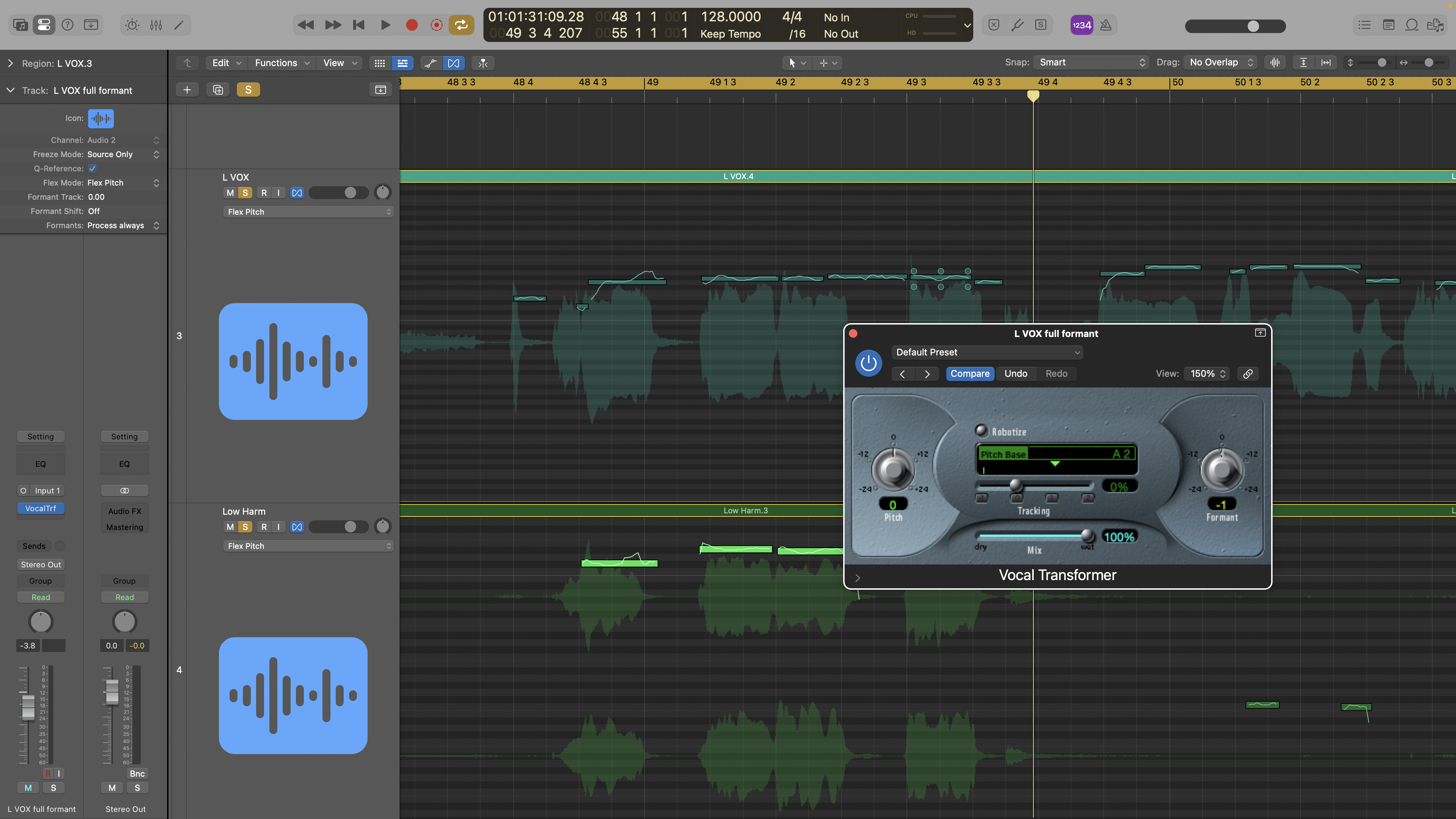
9. In our final example we’re looking at formant shifting. Popular with all sorts of contemporary artists including Billie Eilish, Cashmere Cat and Jacob Collier, formant shifting changes the resonant frequencies and hence timbre of a sound and is particularly effective for changing the character of vocals - making them sound older or younger - without changing the fundamental frequency.
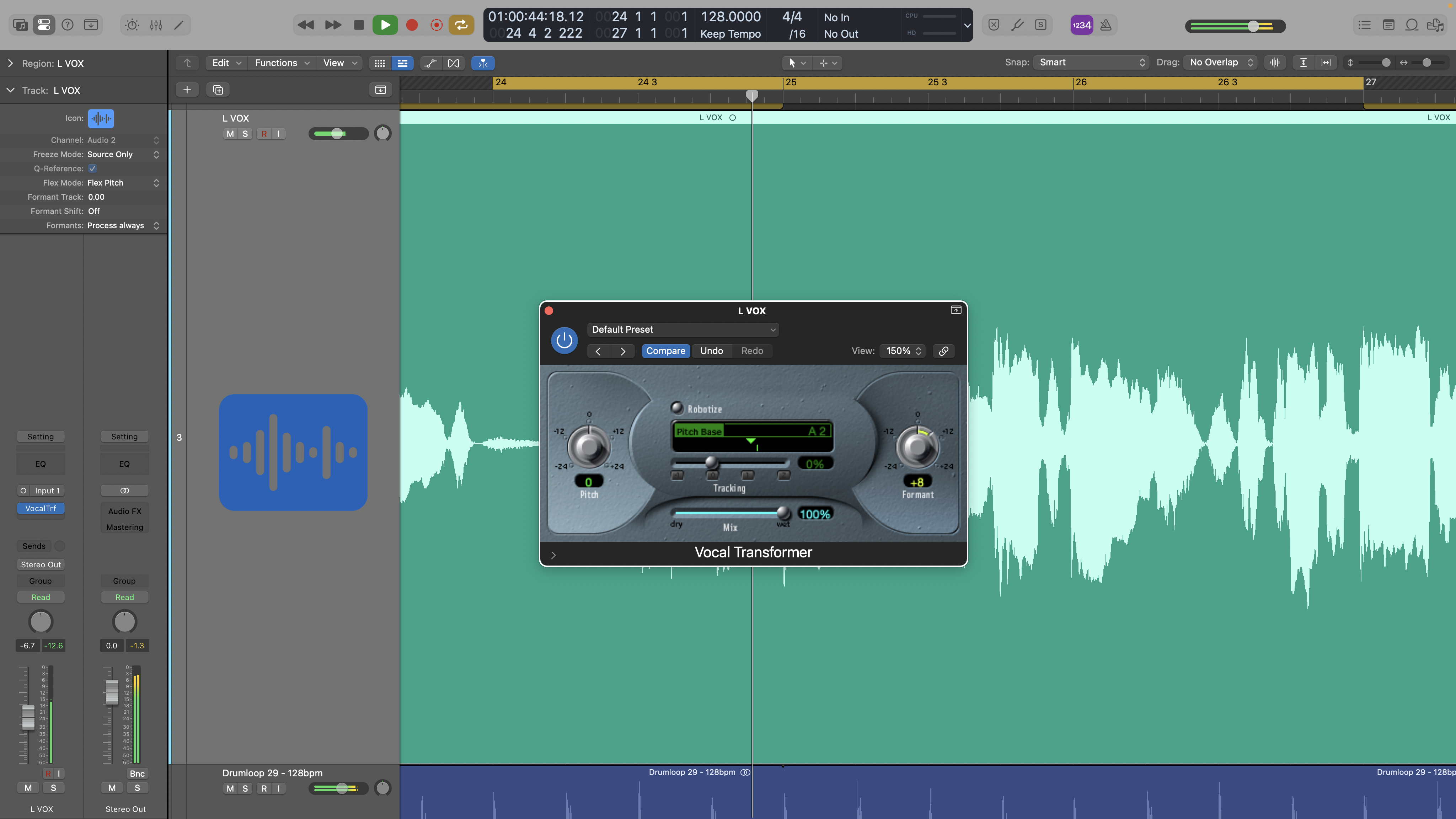
10. There is undoubtedly some excellent commercially available software for formant shifting, with Celemony Melodyne at the top of the tree. Even so, formant shifting is available in most DAWs in some form, you just have to know where to look. In Logic Pro, Vocal Transformer is a real time plugin that is great for quick and more extreme changes. For more surgical changes Flex Pitch is the tool, and you’ll find formant editing in the flex options of many other DAWs.
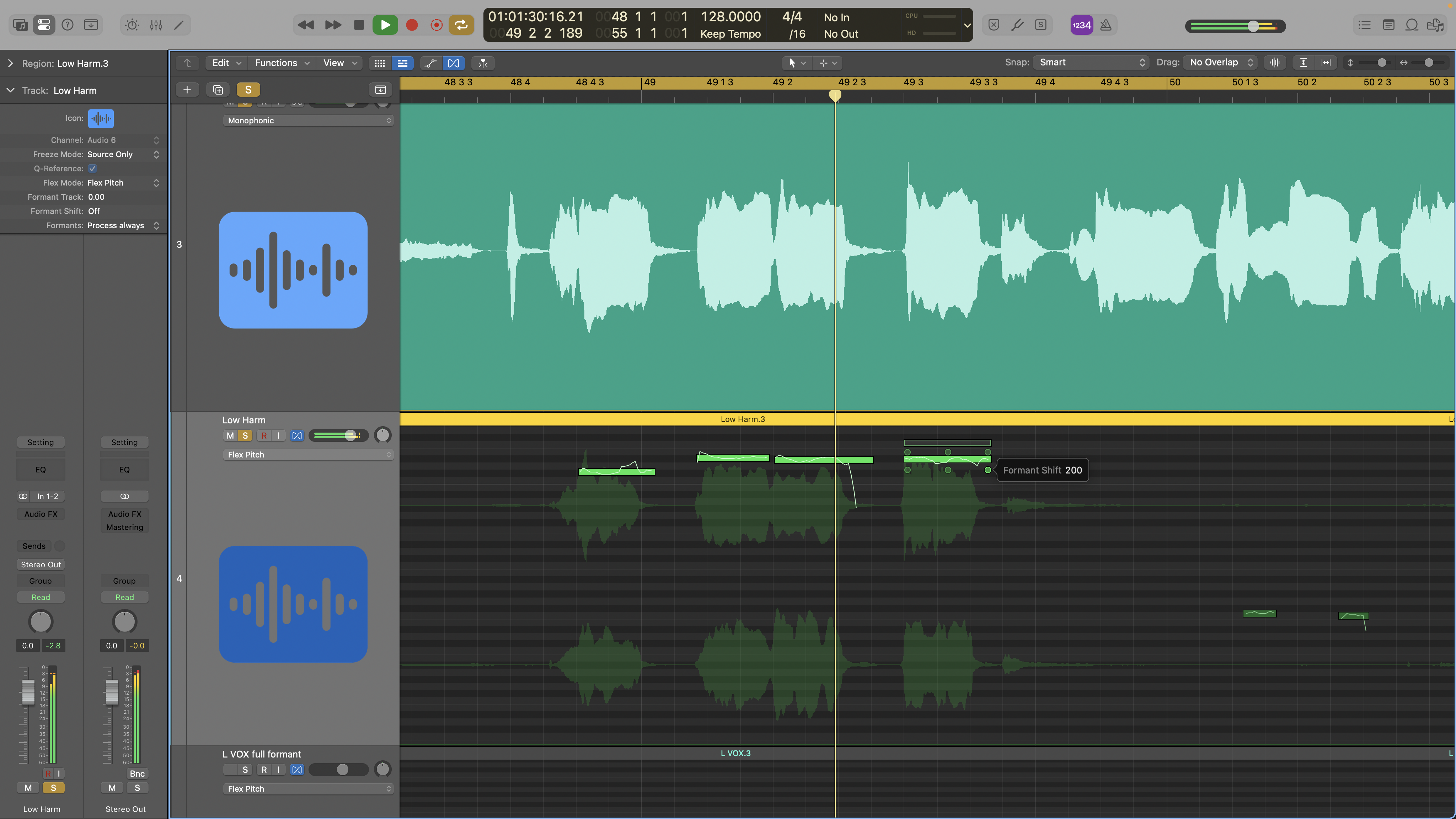
11. So, how can we use this on a track? There are two popular techniques. First up, we can use it for distinctive harmonies like Billie Eilish’s Bury A Friend. Here we want to process the whole harmony track or tracks, shifting the formants either up or down slightly (200 to 300 cents is usually enough). This works very well if the lead vocalist has also sung the harmonies as it creates more timbral variation.
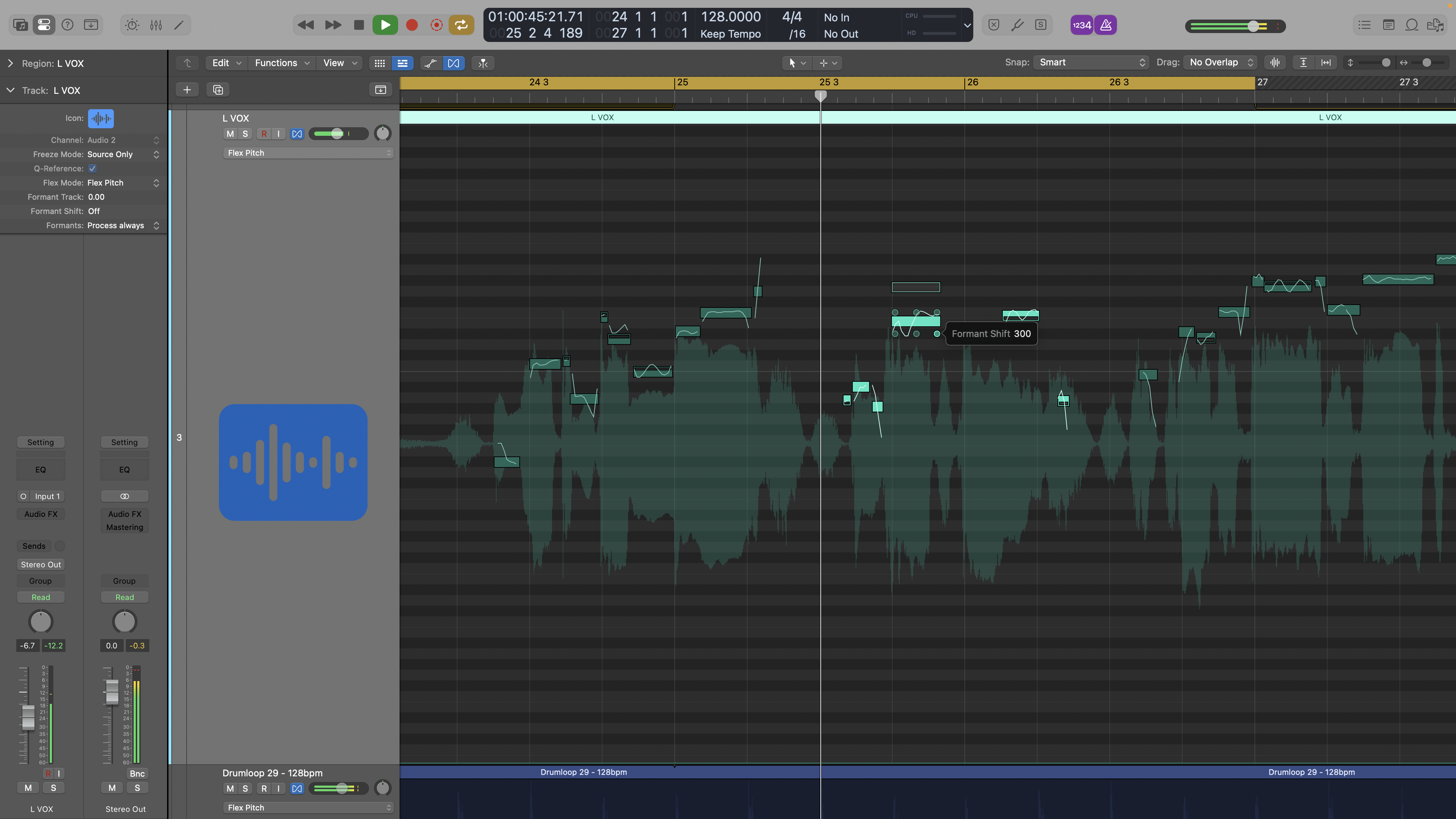
12. A more focused option is to use formant changes on specific words or phrases of the lead vocal. This works well on contemporary pop genres (Cashmere Cat is a good example), and is much easier if you have a Flex Pitch style editor. Here we’ve left most of the vocal as it is, and on a few selected words adjusted just the formant amount.
Jon is a London based platinum award winning mixer, producer, composer and club remixer with a diverse CV that spans dance, pop, rock and music for media. He’s also a long term contributor to MusicRadar's music technology tutorials and reviews. Whether working alone or collaborating he usually handles final mixdowns, so you’ll also find MusicRadar peppered with his handy mixing tips.
You must confirm your public display name before commenting
Please logout and then login again, you will then be prompted to enter your display name.
